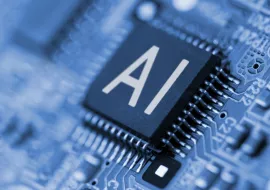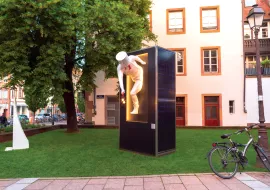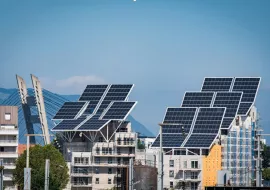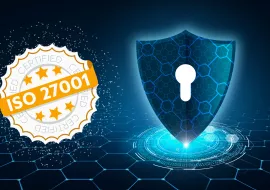
SOCOMEC obtains ISO/IEC 27001 certification, a guarantee of the best cybersecurity practices for its products and services

No power? No problem. Powering rural areas with resilient microgrids.
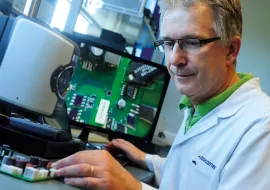
Industry insights: how to embed quality into everything you do
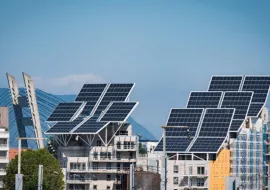
Sourcing locally: bringing energy closer to home
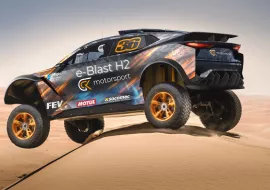
From the isolated site to the Dakar rally, all-terrain energy storage
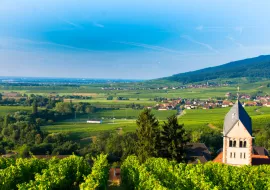
Socomec employees share the company's commitment to eco-responsibility
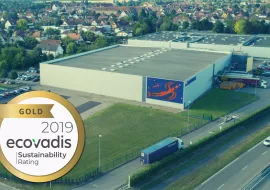
Socomec among top 1% of responsible companies based on EcoVadis ranking
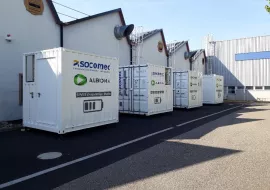
ALBIOMA: Production of renewable electricity in Non Interconnected Areas (NIA)
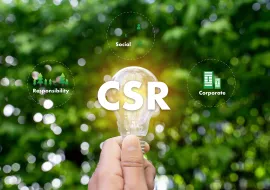
Socomec awarded the highest EcoVadis certification medal for its CSR policy
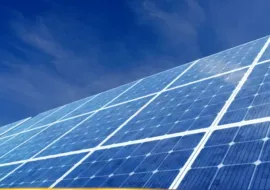
Socomec energy storage system installed at Klinkenberg S.A.





